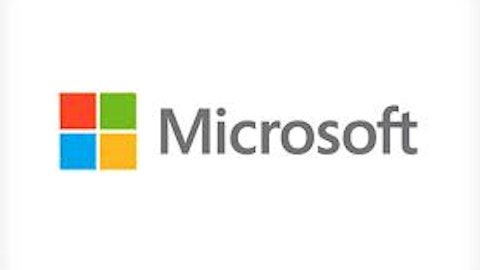The right exposure
For Intel Corporation (NASDAQ:INTC), partnering with Samsung could finally shift its exposure to the right part of the market. Right now, Intel holds an 80% market share of desktop chips, an 87% share of laptop chips, but only 1% of tablets and less than 1% of smartphones. More than two-thirds of Intel’s revenue is generated from PC sales. Research firm IDC estimates that global shipments of tablets will overtake laptops this year, and total PC sales will decline 7.8% in 2013. However, that decline is expected to bottom out soon, with sales projected to fall just 1.2% next year.
Increased expenses in recent quarters indicate that Intel Corporation (NASDAQ:INTC) is well aware of the challenges it faces. Last year, Intel’s R&D expenses were more than seven times as much as QUALCOMM, Inc. (NASDAQ:QCOM). This year, Intel is already outspending the world’ largest chip foundry, Taiwan Semiconductor Mfg. Co. Ltd. (NYSE:TSM), to produce more power and cost efficient chips than its rivals. Intel forecasts capital expenditures of $12 billion this year.
Higher expenses
Industry watchers believe that this increased spending will lead to some impressive product releases this year. This year, Intel has already launched 22-nanometer Atom chips, and is progressing toward 14-nanometer designs next year. Smaller nanometer (the width of the lines on the chips) designs allow lower power consumption and faster processing speeds. ARM, on the other hand, is still stuck with 28-nanometer designs. Intel Corporation (NASDAQ:INTC) has also signed deals with Cisco Systems, Inc. (NASDAQ:CSCO), Microsemi and Altera Corporation (NASDAQ:ALTR) for its new business of high-end custom foundries, which could lead to other major contracts down the road, and spur its development of better chip designs.
This means that if Intel’s next-gen chips start to gain traction with other smartphone and tablet manufacturers, then ARM will be forced to start spending more heavily to hold Intel at bay. When that happens, Intel, which has a cash hoard of $17.2 billion, could easily outspend ARM, which only has $881.8 million in cash and equivalents.
Although a deal with Samsung, rapidly evolving technology and a slowing decline in PC sales are all catalysts for Intel’s long-term growth, the company still faces some major challenges. Mobile chips are still much cheaper than notebook, desktop and server chips, which means that Intel Corporation (NASDAQ:INTC)’s top line would only rising slightly on its gains in the mobile market. In addition, Intel’s projected 2013 capital expenditures will weigh heavily on its bottom line for foreseeable future.
However, Intel’s recent advances in smaller nanometer designs, its new foundries business and renewed focus on mobile expansion are reasons to be excited about Intel again. The company also has a new CEO, Brian Krzanich, who appears intent on making mobile processors a priority for the company through the formation of a new mobile devices group, headed by former Apple Inc. (NASDAQ:AAPL) and Palm executive Mike Bell.
I doubt that Intel Corporation (NASDAQ:INTC) will rally strongly this year, but it is stil a solid investment at current prices. The stock pays a 3.7% dividend, and is trading at 12 times forward earnings – a considerable discount for a tech stock that could take off again when its heavy investments pay off over the next few years.
Leo Sun has no position in any stocks mentioned. The Motley Fool recommends Intel. The Motley Fool owns shares of Intel.
The article Is Intel’s Empire About to Strike Back? originally appeared on Fool.com.
Leo is a member of The Motley Fool Blog Network — entries represent the personal opinion of the blogger and are not formally edited.
Copyright © 1995 – 2013 The Motley Fool, LLC. All rights reserved. The Motley Fool has a disclosure policy.


